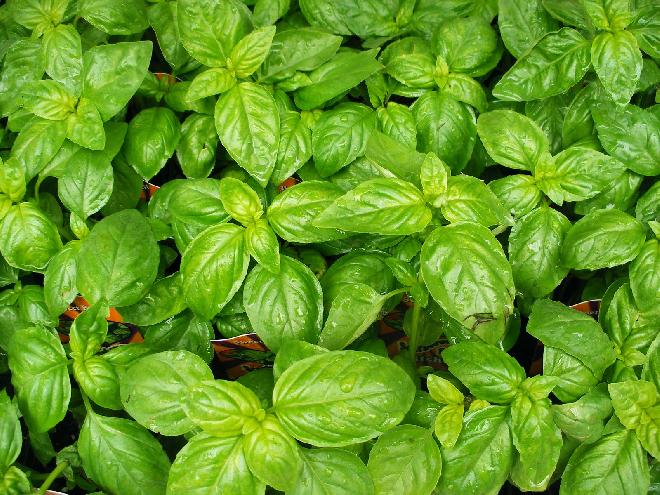
Reyhan | Basil or Myrtle
Reyhan is derived from Arabic: رائحة, rih or riha "odour, fragrance" and originally did not mean basil[1] but myrtle[2]. This is still so in North African Arabic (and Maltese); moreover, the word has been transferred to medieval Spanish as Arrayán (myrtle). Reyhan (Arabic: ريحان, Hebrew: ריחן, meaning "aromatic plants", "basil" and/or "myrtle", also spelled as Rayhan, Rayhaan, Raihan, Raihaan, Rehan, or Rihan). If basil is an emperor can myrtle be an empreess due to it´s connection to Aphrodite/Venus.
Mavi Boncuk |
Holy Basil and Basil in Arabic speaking countries outside North Africa, Iran, Turkey, Israel, Georgia - რეხანი (Rehan), Armenia - Ռեհան (Rehan), Azerbaijan - Рејхан (Reyhan), Tajikistan - Райхон (Ryhon), Uzbekistan - Райҳон (Ryhon) and Swahili - Mrihani (Mreehanee), an aromatic plant used in cooking, medicine, and other areas. Common Myrtle in Arabic speaking countries of Northern Africa and Malta - Riħan (Reehan). In Spain this herb is known as Arrayán (originated from Arabic Reyhan), which itself is the name for Chilean Myrtle in Chile and Argentina, and the name for Qualea ingens in Colombia.
[1] Sweet basil Ocimum basilicum (pronounced /ˈbæzɪl/ or, in the US, /ˈbeːzɪl/), of the family Lamiaceae (mints).
Basil, originally from India, is best known as a culinary herb prominently featured in Italian cuisine, and also plays a major role in the Northeast Asian cuisine of Taiwan and the Southeast Asian cuisines of Thailand, Vietnam, Cambodia, and Laos. There are more than 150 species of basil grown around the world. Depending on the species and cultivar, the leaves may taste somewhat like anise, with a strong, pungent, often sweet smell.
The word basil comes from the Greek βασιλεύς (basileus), meaning "king", as it is believed to have grown above the spot where St. Constantine and Helen discovered the Holy Cross.
Isabella and the Pot of Basil is a painting completed in 1868 by William Holman Hunt depicting a scene from John Keats´s poem of the same name. It depicts the heroine Isabella caressing the basil pot in which she had buried her murdered lover Lorenzo´s severed head.
[2] The aromatic common myrtle (M. communis) is native to the Mediterranean region and the Middle East and is cultivated in southern England and the warmer regions of North America. Myrtle is used to treat bronchitis, bruises, bad breath, wounds, colds, sinusitis, and coughs.
Although Agrippa ascribes it to the Moon, myrtle has long been associated with Venus and love magic. Aphrodite is often shown wearing a myrtle-leaf wreath in her hair, and during the Roman festival of Venus Verticordia (Venus the Heart-Turner) on April 1, women bathed in water scented with myrtle and wore myrtle wreaths.
Uploaded by
Mars on 5/18/2012, viewed 5750 times. |

